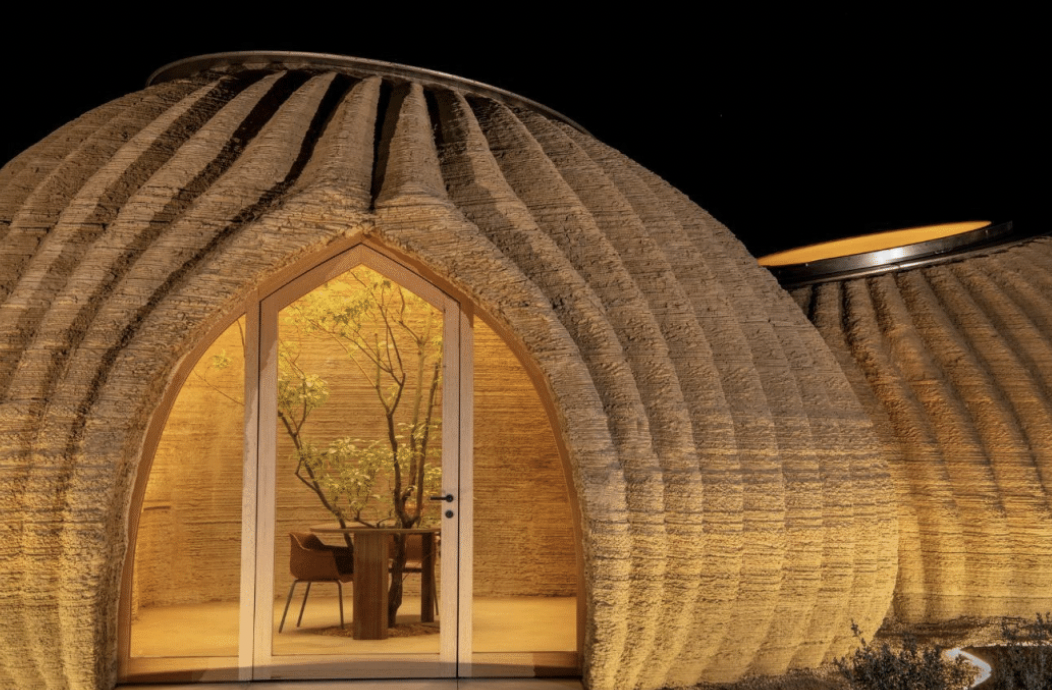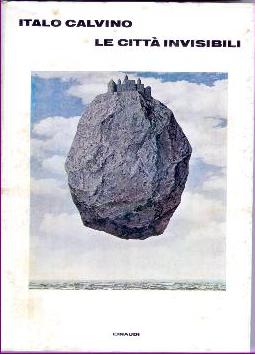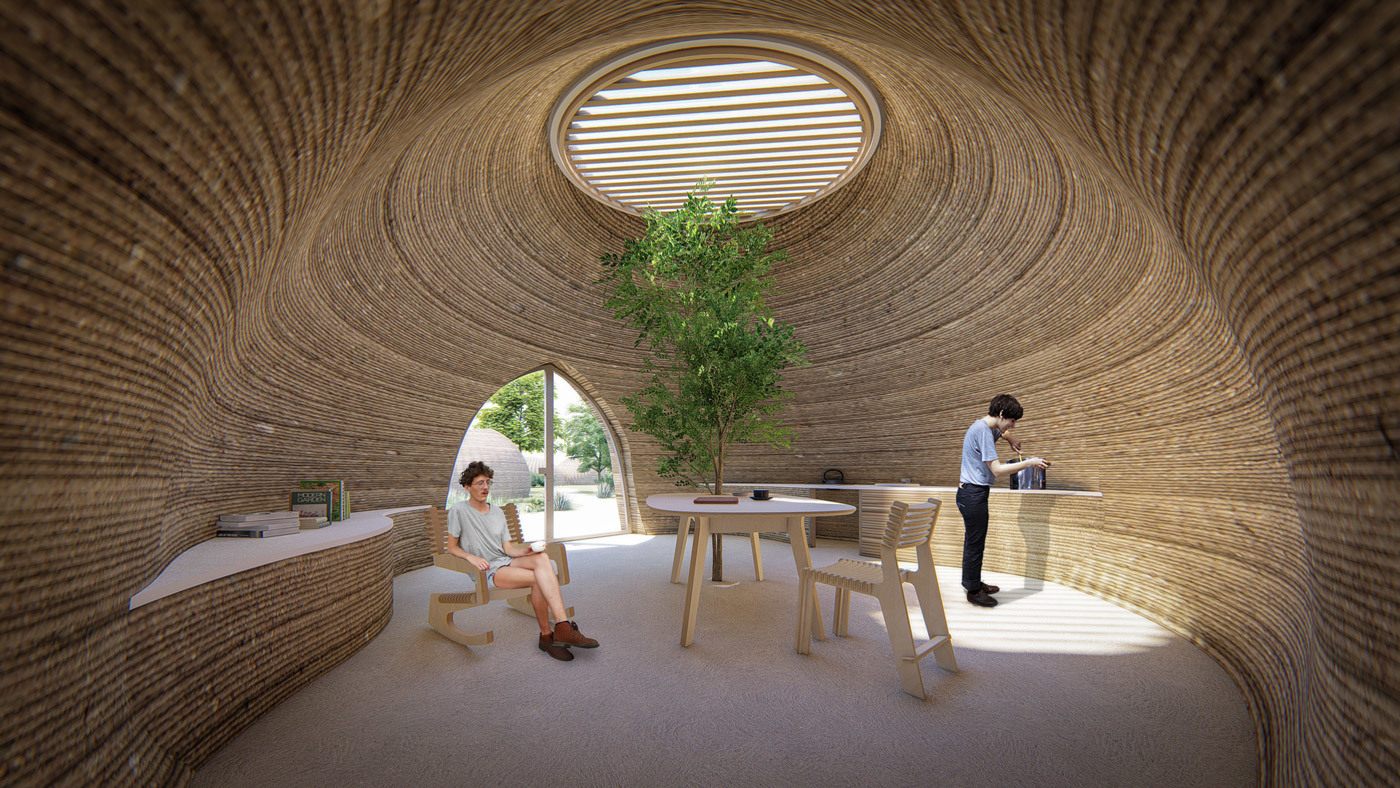


Less than 10 years ago, I got to work with my first 3D printer. We used it to create simple client models for an experience being pitched to a client. It was clear this was technology that would become a valuable asset to not only the events, art and architecture worlds, but certainly to the medical world.
Architecture is a passion of mine, which clearly comes from the fact that my father was an architect. He always pointed out structural details and a bit of historic commentary to me whenever he was fascinated with a building. Additionally, being the son of Italians, this project also drew my attention, being based in Ravenna Italy and created by an all-star Italian team.
This year, Italy's WASP 3D printing along with Mario Cuncinella Architects produced a 3D printed house using materials solely from raw earth. They drew artistic inspiration from "Le città invisibili" ("Invisible Cities") by one of the most frequently translated Italian authors, Italo Calvino (15 October 1923 – 19 September 1985).

The implications of this project are massive. Not only could event and concert promotors use this technology to create eco-friendly pavilions, food stands, housing at festivals, but afterwards the materials could be returned to the earth to return the grounds of the event to (nearly) how they were found.
For this project each printer unit has a printing area of 50 square meters which therefore makes it possible to build independent housing modules in a few days. At 60 square meters, the structure comprises a living zone with a kitchen and a night zone which includes services. The furnishings -partly printed in local earth and integrated into the raw-earth structure, and partly designed to be recycled or reused -reflect the philosophy of a circular house model.
Other WASP projects are Gaia2018, the first 3D printed earthen house; 3D printed Staircase wall in collaboration with IAAC(The Institute for Advanced Architecture of Catalonia -2019) ; Conifera-COSand Teardropsat Burning Man Festival 2018, both designed by Arthur Mamou-Mani; Trabeculae Pavilionin collaboration with Milan Polytechnic; the scenography for Fra Diavoloon stage at the Rome Opera House.
I love watching what this company does, and I hope one day to work with them on a project.
Another exciting thing is that this technology can be used for on a humanitarian level is to create emergency shelters for homeless, displaced natural disaster victims and so on.
This is enticing to me not only on an aesthetic level, but it also address the concern to lower carbon footprint and create more Eco friendly events. Here's a video about it....enjoy.
Photo credits: Calvino Book - public domain, 3D house courtesy of WASP https://www.3dwasp.com/


